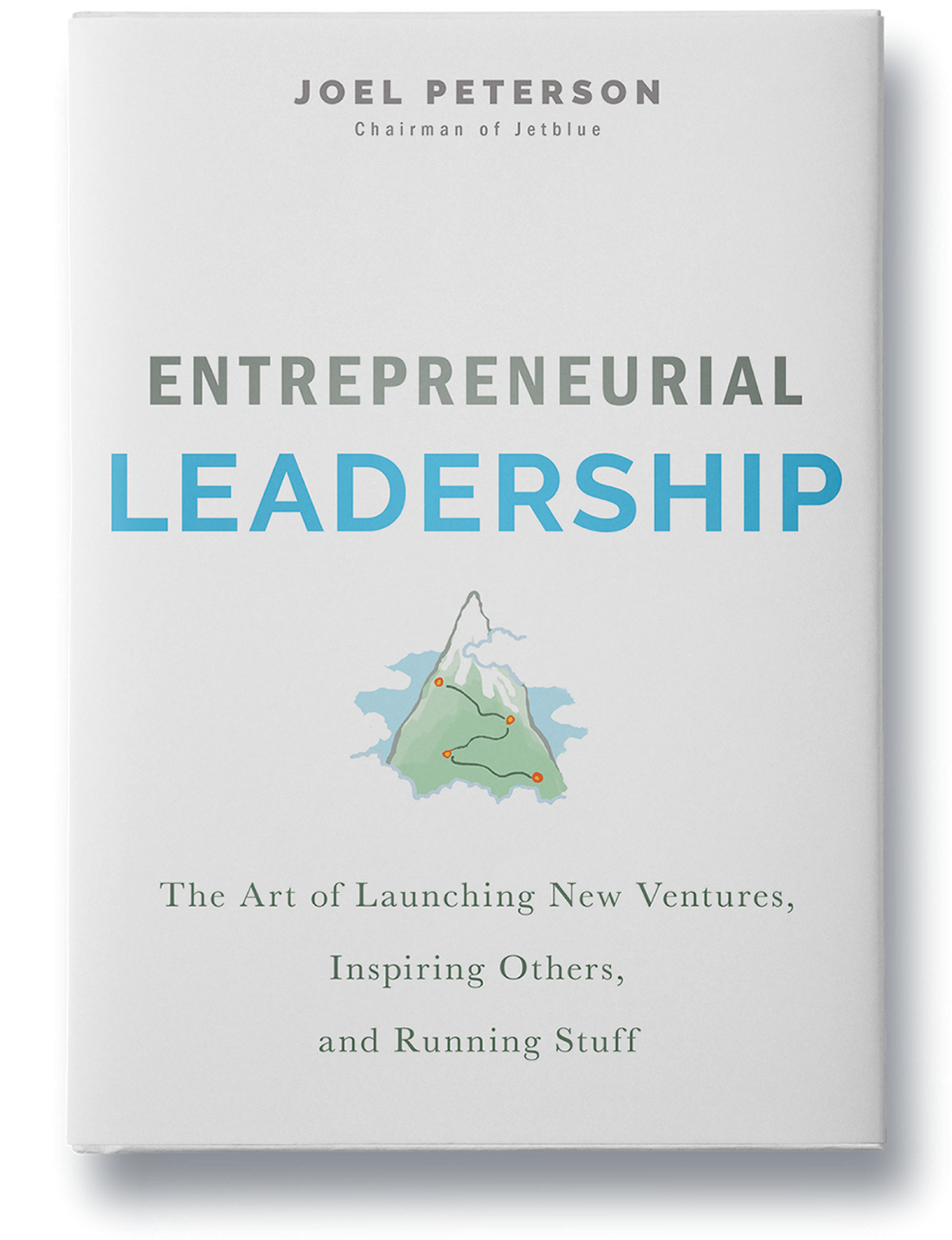As I write this, the United States of America may be preparing for a Christmas government shutdown. As drugs pour across our borders, patrol agent positions go unfilled, and Congress considers the elimination of Immigration and Customs Enforcement, new Congressional leaders dismiss the stalemate as “border stuff.”
If the government were to outsource this “stuff” to the private sector, I’d expect an immediate comparison of the costs and benefits of biometrics and sophisticated drone, sensor, and communications technology against those of building a physical wall.
And I’d expect that such a study would quickly reveal 4 findings:
1) In some places, building a wall is overwhelmingly effective.
2) In others, technology is more cost effective.
3) In both cases, in order to interdict drugs and provide border security, additional training and staffing will be necessary.
4) Comprehensive immigration reform must include decisions on DACA, quotas, anchor-babies, and chain migration.
So why does the debate go on endlessly, mindlessly, and unproductively? Political leaders must think it’s in their interest to fan issues that divide us in order to energize political bases with “either-or” rather than with “both-and” decisions, turning problems into crises.
In the case before us now, we’re presented with the dilemma of building of a physical wall – an easy-to-understand and dramatic action – or perpetuating the status quo. Such a false dilemma works thanks to a troubled educational system, social media’s echo chambers, and traditional media generating revenue through “click bait” rather than thorough analyses. We should be solving for building and protecting a nation that has forever been the beneficiary of hard-working immigrants.
It’s too easy to blame our politicians, or the media. They do little but hold a mirror up to us. If we want better, Americans must (re)learn the art of compromise and, again, live with – even celebrate – contradictions.
What seems intractable today can be solved by facts, compromise, and a bias for action – the approach private sector leaders use reflexively to address competing interests.


